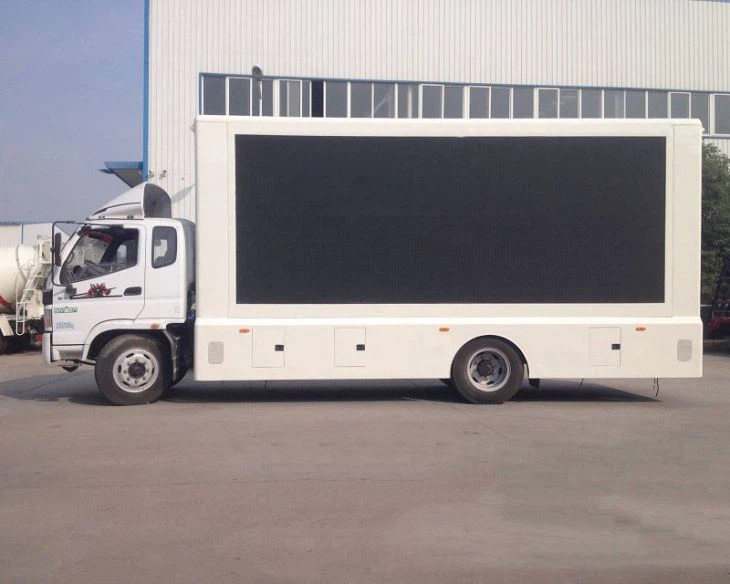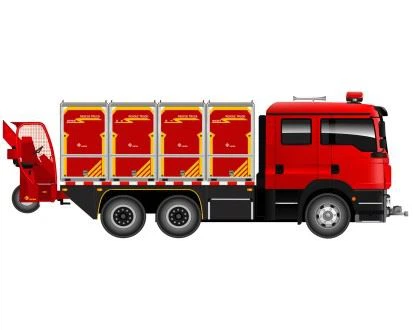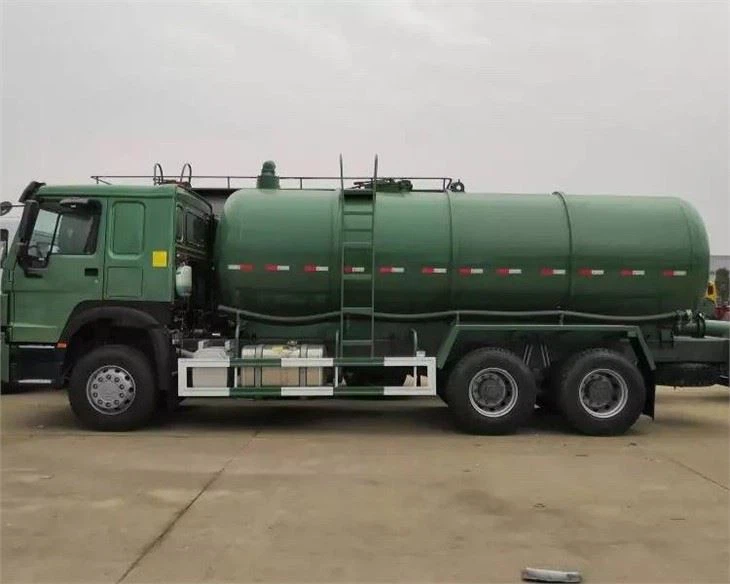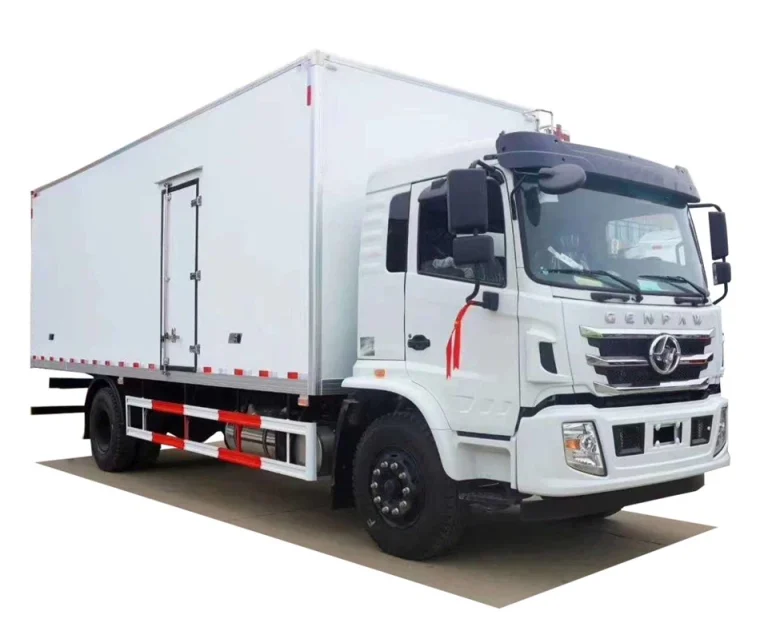Introduction
Trash trucks play a critical role in waste management, ensuring our communities remain clean and waste is disposed of properly. One often-asked question is, “How long is a trash truck?” The answer varies depending on the type of truck and its design, but understanding the dimensions can provide valuable insight into urban planning, waste management logistics, and how these vehicles fit into our everyday lives. In this article, we explore the different types of trash trucks, their sizes, practical examples, and tips for interacting with them safely.
Types of Trash Trucks
Before delving into specific measurements, it’s essential to understand the different types of trash trucks available. Each type serves a unique purpose and has a specific design. Below are the primary types of trash trucks:
1. Rear Loaders
Rear loaders are the most common type of trash truck used for residential waste collection. They are designed to pick up garbage containers from the rear, making them efficient for narrow streets.
2. Front Loaders
Front loaders are typically used for commercial waste collection. They can lift large bins from the front, allowing for quick and efficient disposal of commercial waste.
3. Side Loaders
Side loaders can collect waste from either the passenger or driver side, making them versatile for neighborhoods with varying traffic conditions.
4. Automated Side Loaders
These trucks feature robotic arms that automate the waste collection process. They reduce the need for manual labor, making the collection quicker and safer.
5. Compactors
Compactor trucks are designed to compact waste material, allowing for more efficient transport and reduced trips to disposal sites.
Average Length of Trash Trucks
The length of a trash truck varies by type and manufacturer. Below is a breakdown of the average lengths of different types of trash trucks:
| Type of Trash Truck | Average Length (Feet) |
|---|---|
| Rear Loader | 22 to 26 |
| Front Loader | 22 to 28 |
| Side Loader | 20 to 25 |
| Automated Side Loader | 23 to 27 |
| Compactor | 22 to 30 |
Factors Influencing the Size of Trash Trucks
Several factors can influence the size of trash trucks, including:
1. Local Regulations
Different municipalities may have specific regulations that dictate the dimensions of vehicles allowed on their roads. Compliance with these regulations is essential for legal operation.
2. Purpose of Collection
The type of waste being collected (residential vs. commercial) can influence the size of the truck. Commercial waste may require larger trucks for efficiency.
3. Road Infrastructure
The width and layout of roads in a given area can impact the size of trucks used. Narrow streets may require smaller vehicles.
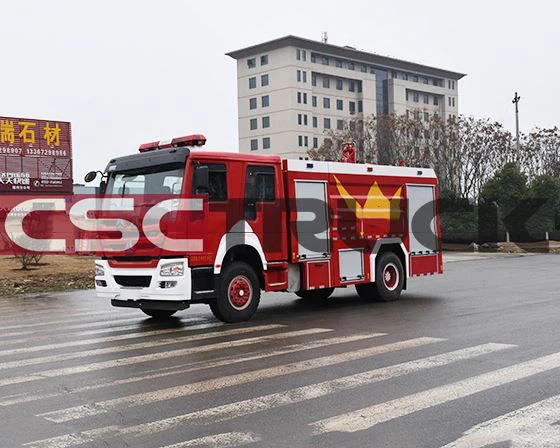
Practical Examples of Trash Truck Lengths
Here are some practical examples of trash truck lengths based on real-world models:
Brand A Rear Loader
The Brand A rear loader measures approximately 24 feet in length, making it suitable for residential neighborhoods.
Brand B Front Loader
Brand B’s front loader has a length of about 26 feet and is used primarily for commercial waste disposal.
Brand C Compactor
The compactor model from Brand C is approximately 28 feet long, ideal for municipalities with high waste volumes.
Safety Considerations When Interacting with Trash Trucks
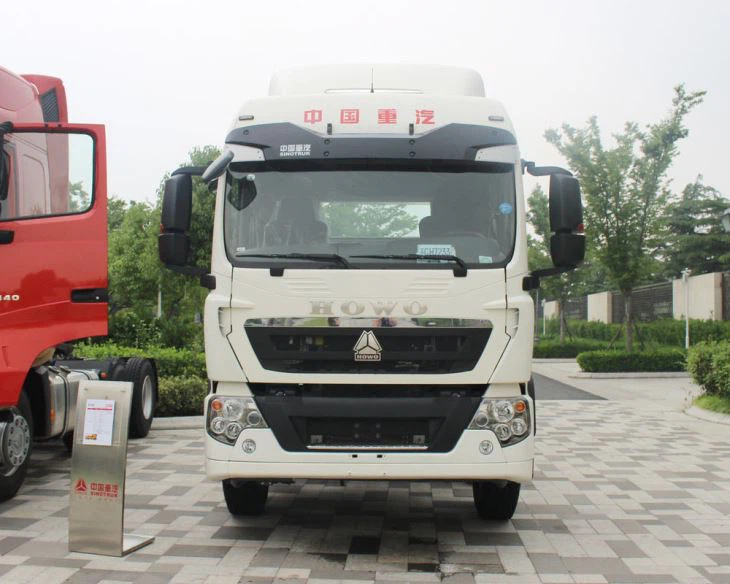
Understanding the size of trash trucks isn’t just about dimensions; it’s also about safety. Here are some tips for interacting with trash trucks safely:
1. Maintain Distance
Always keep a safe distance from trash trucks while they are operating. Their large size can create blind spots.
2. Follow Local Schedules
Be aware of local trash collection schedules and plan your travel accordingly to avoid traffic interruptions.
3. Avoid Parking Too Close
When parking your vehicle, ensure you allow enough space for garbage trucks to maneuver.
Waste Management and Environmental Impact
Understanding how trash trucks operate and their dimensions plays a crucial role in waste management efforts.
1. Efficient Waste Collection
Larger trash trucks can collect more waste per trip, reducing fuel consumption and emissions.
2. Recycling Initiatives
Some trash trucks are equipped for dual collection systems, helping to separate recyclables from waste, thus promoting environmental sustainability.
Comparative Analysis of Trash Truck Costs
When considering the purchase or operation of trash trucks, it’s essential to analyze costs related to different sizes and types:
| Type of Trash Truck | Average Cost (USD) |
|---|---|
| Rear Loader | $200,000 – $300,000 |
| Front Loader | $250,000 – $350,000 |
| Side Loader | $225,000 – $325,000 |
| Automated Side Loader | $300,000 – $400,000 |
| Compactor | $275,000 – $375,000 |
How to Choose the Right Trash Truck for Your Needs
Selecting the right trash truck depends on several factors:
1. Collection Type
Determine whether the primary need is residential, commercial, or industrial waste collection.
2. Environment and Infrastructure
Consider the layout of your community. Narrow streets may dictate a smaller truck size for safe operation.
3. Budget
Evaluate the overall costs, including purchase price, maintenance, and operational costs when selecting a truck.
Frequently Asked Questions
1. How much weight can a trash truck carry?
Trash trucks can typically carry between 10,000 to 30,000 pounds depending on the model and design.
2. What is the average height of a trash truck?
The average height of a trash truck is about 10 to 12 feet, which can vary based on the type of truck.
3. Can trash trucks operate in residential areas?
Yes, most trash trucks are designed to operate in residential areas, although some may be larger than others and better suited for commercial collection.
4. How often do trash trucks usually pick up waste?

Collection schedules vary by municipality, but residential areas may see pickups once or twice a week.
5. Are automated trash trucks more efficient?
Yes, automated trash trucks can improve efficiency by reducing the need for manual labor, speeding up the collection process, and minimizing the risk of injury.
6. What happens to the trash once collected?
After collection, trash is taken to waste transfer stations or landfills for processing or disposal. Recycling is sorted separately when applicable.

